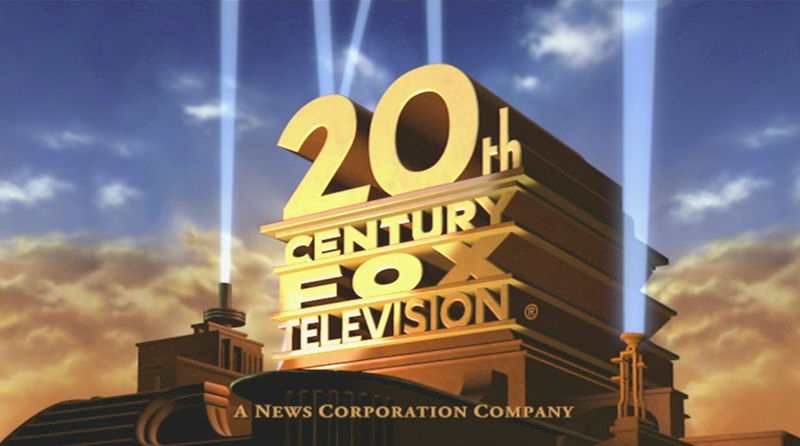When thinking about our film and how we wanted it to look, what we wanted it to be similar to and how we wanted it to be unique we started by watching various films from the genre and deconstructing the ones we felt held most significance, the films included in this are Donnie Darko (2001) Richard Kelly, American Psycho (2000) Mary Harron and Lost Highway (1997) David Lynch.

For example from lost highway we found that there were a lot of shots in hallways, these work because it emphasises being alone and the idea of there being no escape so we wanted to take influence from this and included some hallway shots in our own production. This is a style of shooting also used in The Shining (1980) Stanley Kubrick, in particular the scene with the twins.

Another convention of Psychological thrillers is reality vs the dream world, this is most obvious in American Psycho where the audience is constantly guessing whether what is happening is in the main characters, Patrick Bateman's head or if it is real. Although not technically a psychological thriller we took a lot of influence from Fight Club (1999) David Fincher. We wanted to replicate this appearance of a struggle in the main characters own mind not just the audience as to whether or not what he is seeing/experiencing is real or not.
We also frequently used binary opposites most evident in the colour choices where we used black and white to show past events which opposed to the present which is in full colour and also to signify the fight between good and evil.
A common convention of not just psychological thrillers but a lot of movies in general is that the introduction is actually quite normal and average such as in American Psycho where the main and various characters are just talking in a restaurant and The Shining which simply is a birds eye view for the most part of the car traveling to the house where the family is staying. We wanted to challenge this by taking the audience straight into the story in the first minutes with only a short amount of time between the establishing shot and the first shots without revealing the story line.

















